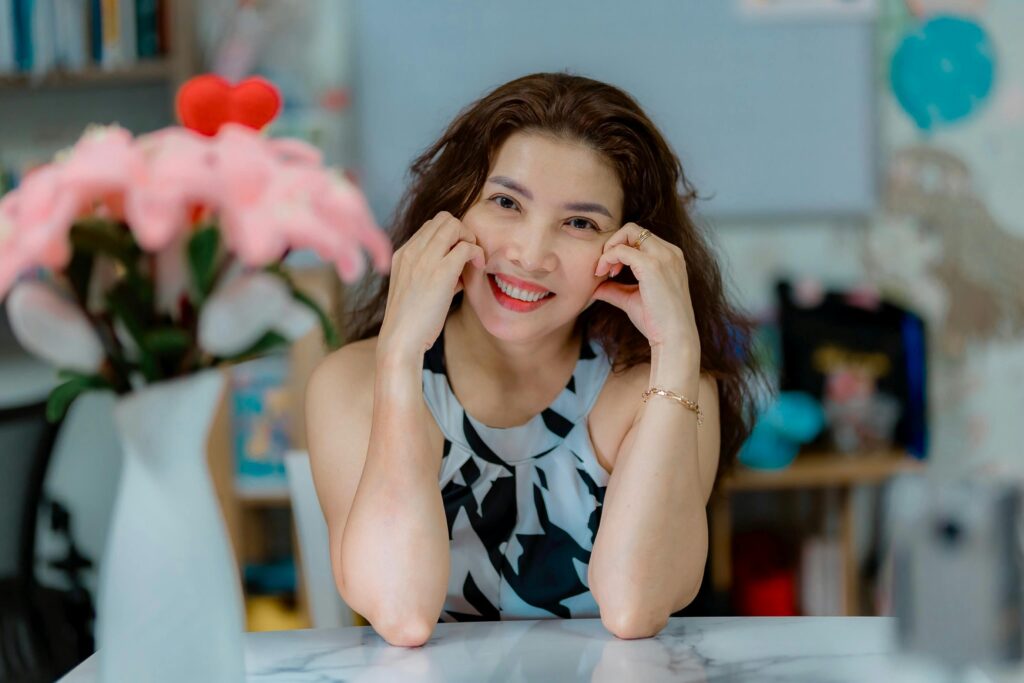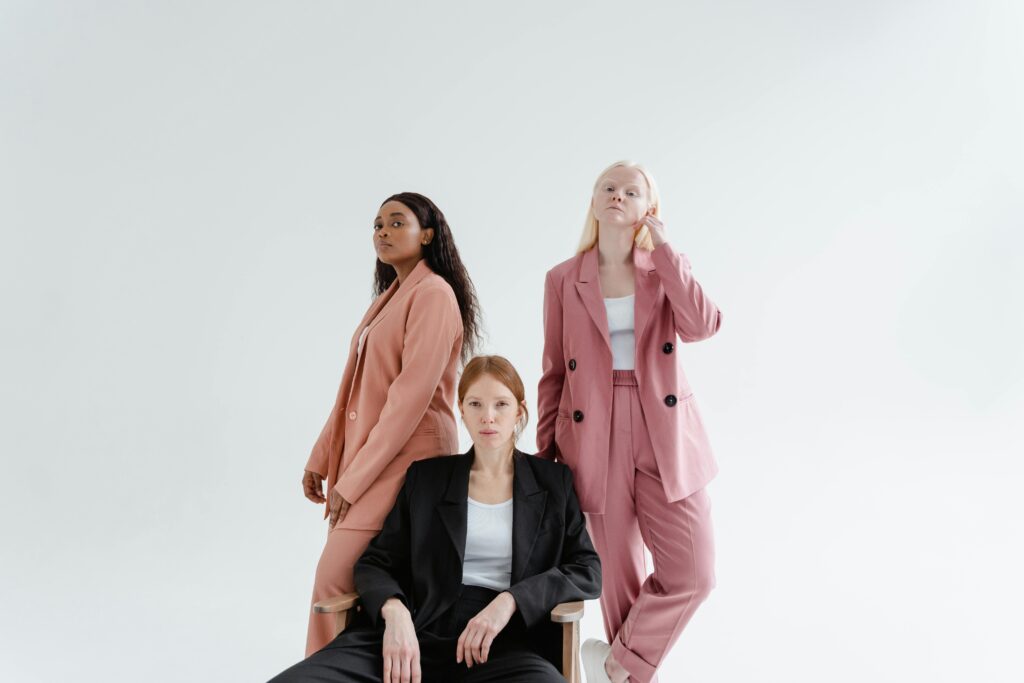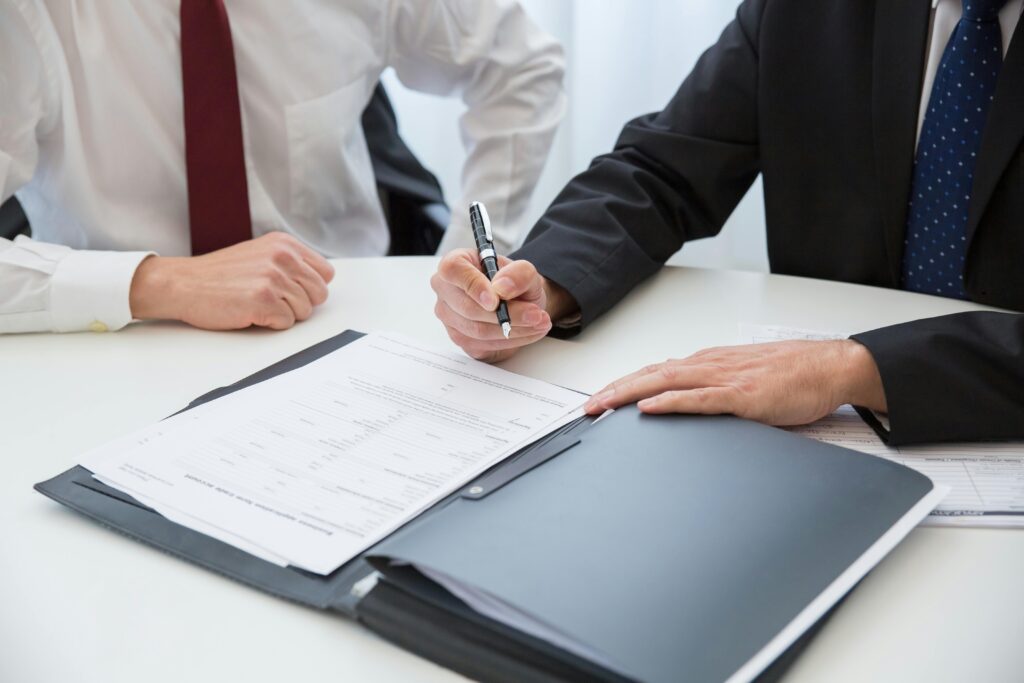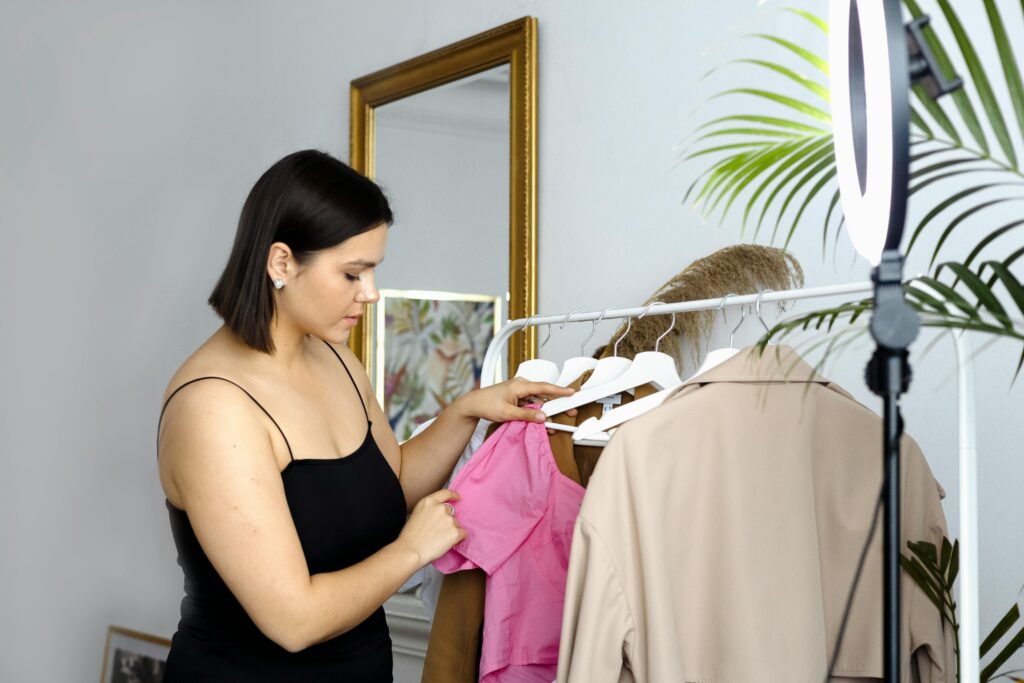Even though the word “business casual” sounds laid back, everyone in the office hallway still looks at you first. The goal is easy: look strong without being stiff, look up to date without following the latest trends, and be at ease enough to sit through a three hour strategy session without moving around. Here is a full list of choices for head to toe that get quiet nods from coworkers and real praise from clients. We got each idea from real closets, real budgets, and real meeting rooms. Read it once, then try on an outfit tomorrow morning and notice how having the right clothes makes you feel better about yourself.

Understanding Business Casual Today
There is more than one way to dress for business casual. It is a scale that goes from business clothes to jeans for the weekend. It is best when the fabric is soft, the colors are dull, and each piece still shows that it respects the place. The outfit is like background music, it is there, but it does not get in the way. A well fitted jacket over a soft shirt, clean pants, and shiny shoes will always look better than a slogan t shirt.
Color Stories That Win
Always win with neutral bases. The base is made up of navy, charcoal, soft camel, crisp white, and pale gray. These colors go with everything and look good on all skin tones. For each outfit, add one pop of color, like a soft rust belt, a forest green sweater, or a dusty rose scarf. It should not be loud; instead, it should say, “I have taste,” in a whisper.
Fabric Choices That Work All Day
Natural fibers let your body breathe and move. Clothes made of cotton, wool, linen, and cotton and silk knits keep you cool in air conditioned rooms and warm in drafty ones. Stretch mixes are comfortable and do not make you look too athletic. Polyester that is shiny and folds quickly and traps heat is not something you should wear.
The Blazer That Changes Everything
With just one jacket, you can dress up jeans or chinos for the office. Pick one made of a light wool or cotton herringbone so it does not add extra bulk. The seam at the shoulder should touch your shoulder, the arm should end at the wrist bone, and the hem should reach the seat but not the thigh. You can wear navy anywhere, charcoal looks trendy, and camel makes you feel warmer. Keep one in the office closet in case a client shows up out of the blue.
Shirts and Tops That Speak Softly
The best choice is still a shirt with a collar. Clothes made of Oxford cloth, chambray, and poplin look clean even without starch. Roll the sleeves up once to show off your wrists and make you look more friendly. You can wear a knit polo shirt to work on Friday as long as it fits close to your body and the sleeve is flat. Stay away from designs bigger than a postage stamp; confidence reads as subtlety.
Trousers and Skirts That Move
You can wear khaki, olive, or gray chinos with almost anything, and they are cheaper than dress pants. Wool pants with straight legs that are stretchy look smart but feel like yoga pants. Cotton twill or light denim midi skirts that hit at the knee make it easy to sit down and walk. If the length is less than mid thigh, do not wear it; professional still means covered.
Layering Without Bulk
Cardigans, V neck sweaters, and light jackets keep you warm without adding extra weight. Even when it is really hot outside, a thin merino crew neck looks nice under a jacket. Pick simple patterns or plain colors, like ribbing or seed stitch. Avoid knits that are too big and make you look smaller.
Footwear That Finishes the Look
You can go from the office to dinner in loafers, oxfords, and low block heels made of leather or soft suede. If you want to feel casual, brown leather is better than black leather. On Casual Friday, clean canvas sneakers can be worn with dress pants as long as they are perfect. Stick to flats or shoes with scuff marks. Your feet should never be a distraction.
Accessories That Add Polish
The outfit is finished off with a thin leather belt with metal that matches (either all silver or all gold). Laptops can fit in a structured leather tote or a soft backpack that does not look like a gym bag. A simple watch and some small earrings finish off the look. Stay away from bracelets that dangle and clack on computers.
Fit First, Trend Second
It costs less to tailor than to buy new. Men pants should break just a little on top of shoes. To make the shirt fit better, take in the side seams. A $15 fix can turn a $50 shirt into one that looks like it costs $100. Trends come and go, but a good fit lasts.
Seasonal Adjustments
Light layers are great for spring, like a cotton blazer over a floral shirt and ankle length pants. In the summer, you can wear a linen shirt instead of a blazer and shoes without socks. To fall, you can add a camel sweater and boots. Winter wears wool pants and a merino sweater under the jacket. Four seasons in one coat.
Color Palette by Industry
Money and the law lean toward blue and charcoal. You can use olive, burgundy, and soft pink in tech and creative areas. Accents that are brighter are used in retail and restaurants, but they are kept muted. If you are not sure what level to match the boss at, but add one special touch.
Dress Code Decoder
If the invitation says “business casual,” dress up first and then take off some of your clothes. Put on a shirt and roll up your sleeves for drinks. If you can wear jeans to work, dress them up with a blazer and shoes. Do not think that pants are enough on their own; add polish.
Shopping Without Breaking the Bank
Many thrift shops sell nice blazers and shoes for a lot less than they would cost in a store. Look in the men area for blazers that are too big but fit perfectly. When shops close down for the season, they sell wool pants and silk blouses for half price.
Care and Maintenance
To get rid of wrinkles without shine, steam, not iron. To give shoes a break between wears, turn them around. Polish leather once a month. Lay knits flat to dry after washing them on gentle. To save time in the morning and keep clothes fresh, keep your closet clean.
Confidence Comes Last
Be sure to stand up straight, smile, and talk clearly. What you wear to work is more important than the belt when you are in a business casual outfit. Put on clothes, then put the mirror away and pay attention to the meeting.
Conclusion
Dress with purpose, not stress. You are heard, not your clothes, when color, cut, and comfort all work together. Every hallway can be turned into a runway of confidence with just one well chosen jacket, a soft neutral color scheme, and shoes that feel like friends. Fashion is not always better than fit, and simple accessories say more than loud brands. Let what you are wearing help you think, then put down the mirror and get to work. Your thoughts stick in people minds when the clothes do not seem to be there.



